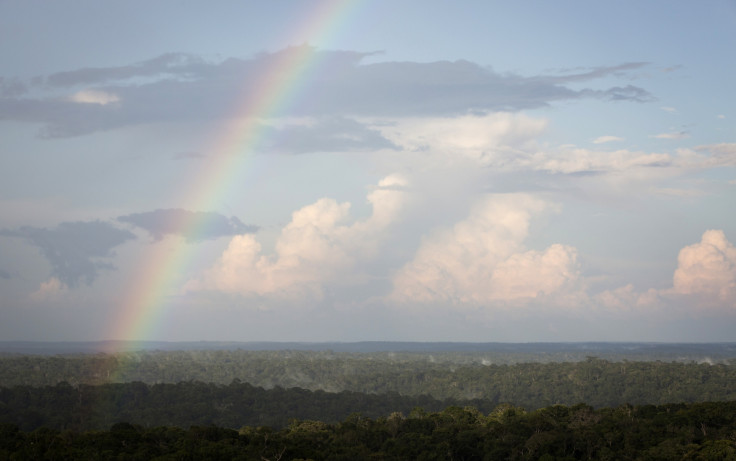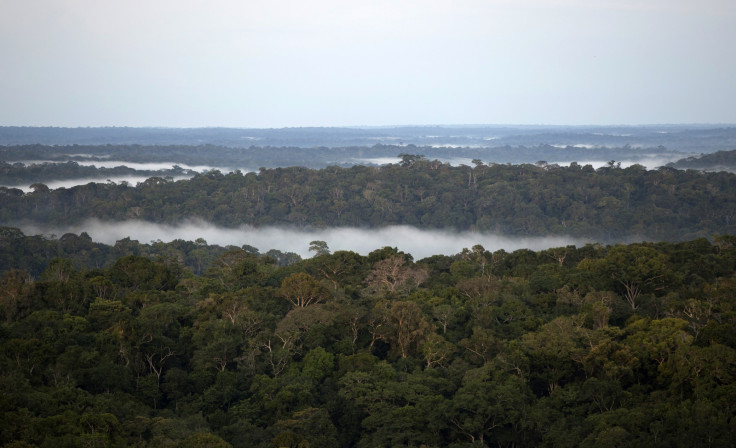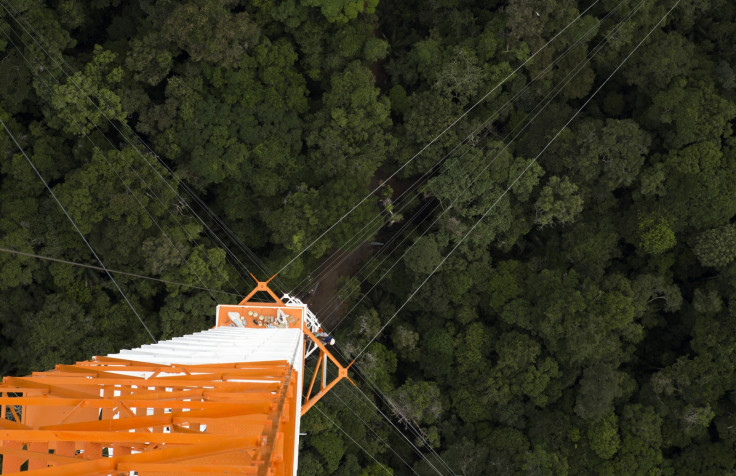Amazon rainforest: Lungs of the world has lost a 10th of its trees in 5 decades

More than one-tenth of trees in the Amazon rainforest have been removed since the 1960s, contributing to a 1.5% rise in carbon dioxide levels since then.
This increase on total amount of carbon in the atmosphere is however small when compared to fossil fuel emissions, say University of Edinburgh researchers.
The rainforest would contain 12% more vegetation than now and cover a much larger area if the deforestation had not occurred.
As high-resolution satellite images are available only since 2000, the team used virtual models to work out how the rainforest changed in earlier decades.
Using the two, the researchers studied how the loss of trees in the Amazon reduced the rainforest's ability to absorb carbon.
The study, published in the journal Geophysical Research Letters, was funded by the Natural Environment Research Council.

A 30-year land-based study led by University of Leeds showed recently that the Amazon rainforest has lost almost half its capacity to absorb carbon from the atmosphere, thanks to a surge in the death of trees.
From a peak of two billion tonnes of carbon dioxide each year in the 1990s, the net uptake by the forest has now halved. The surge in the rate of trees ironically is caused by growth stimulation induced by the extra carbon in the air which is causing trees to live faster and so die younger.
Satellite images captured between August 2012 and July 2013 showed 5,891sq km of forests were cleared in the Brazilian Amazon, with a rate of destruction up by 29%.
The Amazon rainforest has been likened to the lungs of the planet, as they absorb a large part of the carbon dioxide put into the atmosphere.

© Copyright IBTimes 2025. All rights reserved.





















